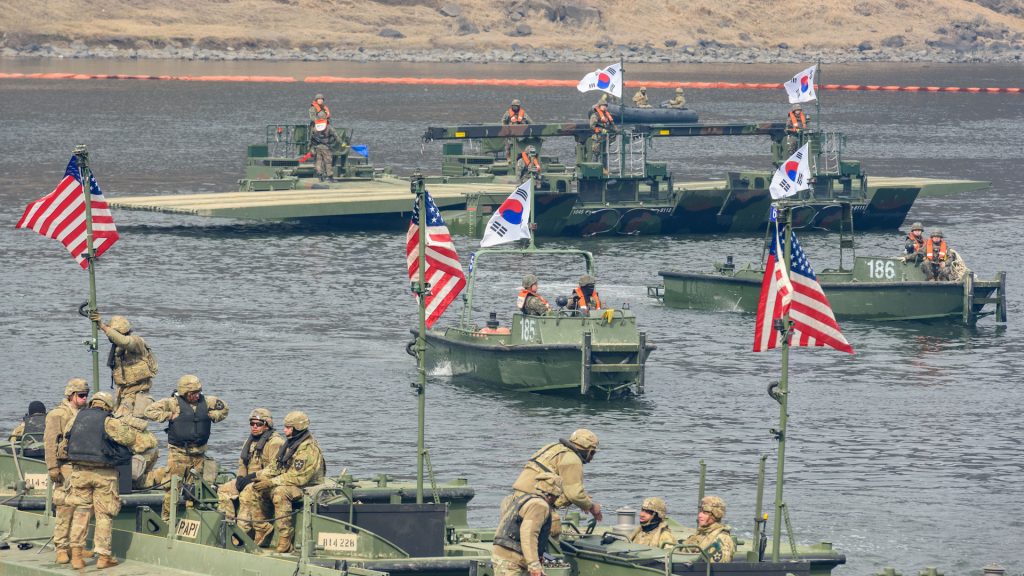US reportedly considers withdrawing 4,500 troops from South Korea

The Trump administration is weighing a proposal to withdraw about 4,500 U.S. troops from South Korea, according to a report in The Wall Street Journal. The plan would relocate forces to other Indo-Pacific locations — potentially Guam — as part of an informal policy review focused on North Korea.
The idea has yet to reach President Donald Trump’s desk, but it is part of a broader reassessment of U.S. military posture in East Asia. Officials familiar with the discussions say the proposal remains active as defense planners reexamine how to balance America’s commitments on the Korean Peninsula with the need to counter growing threats from China.
The potential withdrawal reflects a long-running debate. Trump previously floated reshaping the U.S. footprint in South Korea during his first term, and the current review marks the most serious consideration in years.
What are Washington and Seoul saying?
Roughly 28,500 American troops are stationed in South Korea. U.S. military leaders have warned that reducing that presence could strain the alliance and weaken deterrence against Pyongyang.
In Senate testimony last month, U.S. Forces Korea Commander Gen. Xavier Brunson said, “To reduce the force becomes problematic.” Adm. Samuel Paparo, head of U.S. Indo-Pacific Command, said that withdrawing troops would “inherently reduce our ability to prevail in conflict.”
South Korea’s defense ministry said Friday, May 23, it has held no talks with the U.S. on any troop reduction. The ministry reiterated that both nations remain committed to a strong combined defense posture to deter North Korean aggression. Seoul also emphasized that the issue is unrelated to ongoing trade or defense cost-sharing talks.
U.S. Defense Department chief spokesperson Sean Parnell later said on X, “Anyone who’s covered the Pentagon knows that we always evaluate force posture. That said, the U. S. remains firmly committed to the ROK. Our alliance is iron clad. Reports that the DoD will reduce U.S. troops in the Republic of Korea are not true.”
What would a shift mean for the region?
Analysts say relocating troops to Guam would offer the U.S. greater strategic flexibility. It would keep forces near potential flashpoints while easing tensions on the densely populated Korean Peninsula. Pentagon officials increasingly view Guam as a forward hub, close enough to respond quickly to crises but harder for China to target.
Defense Secretary Pete Hegseth and Under Secretary Elbridge Colby have each endorsed modernizing the U.S. force posture in the Indo-Pacific. Colby, a longtime advocate for burden-sharing, has argued that the U.S. should not keep troops in South Korea solely to deter North Korea.
“U.S. forces on the peninsula in my view should not be held hostage to dealing with the North Korean problem,” Colby said in a 2024 interview.





